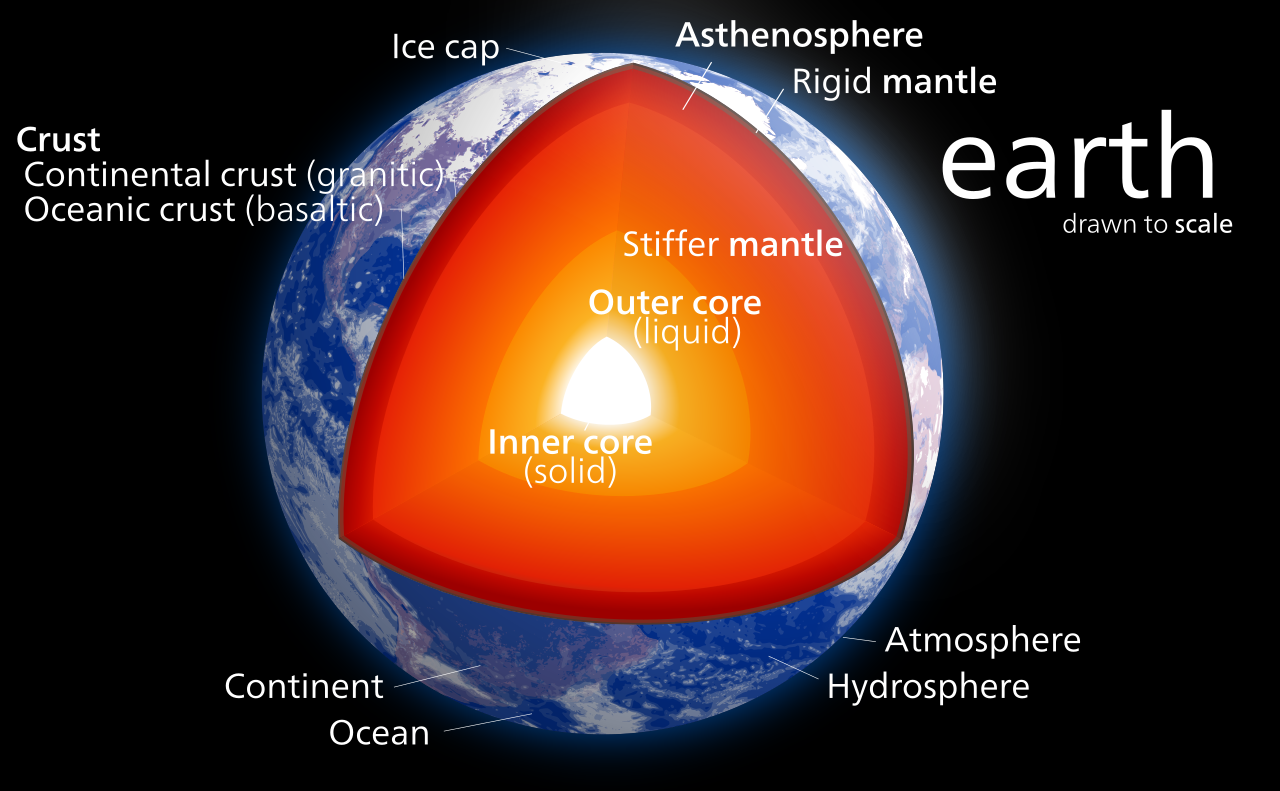Understanding the internal structure of the Earth is essential for comprehending the geological processes that shape our planet’s surface. Geomorphological Perspective, the study of landforms and surface processes, relies on knowledge of the Earth’s internal composition and structure to explain the formation of various landscapes. In this article, we will delve into the intricate layers that make up the Earth’s internal structure, exploring the crust, mantle, outer core, and inner core. By gaining insights into this hidden realm, we can better grasp the forces that drive plate tectonics, mountain building, volcanic activity, and seismic events.

1. The Earth’s Crust
Grasp geomorphological processes requires a grasp of the Earth’s crust, which is its topmost layer. The crust, which is divided into oceanic and continental crust, is just 5 to 70 kilometers thick. While basaltic rocks make up the majority of the oceanic crust, granitic rocks make up the continental crust.
2. Mantle and Plate Tectonics
The mantle, the Earth’s thickest layer, is located underneath the crust. About 2,900 kilometres deep is where the mantle begins. The topmost layer of the mantle, known as the asthenosphere, is made of solid rock and displays plastic behaviour over extended periods of time.
3. The Outer Core and Earth’s Magnetic Field
Located beneath the mantle, the outer core is a liquid layer primarily composed of molten iron and nickel. This layer, spanning approximately 2,300 kilometres in thickness, plays a crucial role in generating Earth’s magnetic field.
The movement of the conductive materials within the outer core creates electric currents, giving rise to a geodynamo effect. This process generates the Earth’s magnetic field, which extends into space and plays a vital role in protecting our planet from harmful solar radiation.
4. The Solid Inner Core
At the Earth’s centre lies the solid inner core, which spans approximately 1,200 kilometres in radius. Composed primarily of iron and nickel, the inner core experiences extreme pressures that keep it solid despite its high temperatures.
The solid inner core serves as a critical reference point for geomorphological studies. It provides insights into the Earth’s overall dynamics and the behavior of seismic waves, which are crucial for understanding earthquakes and their impact on the Earth’s surface.
The internal structure of the Earth forms the foundation for understanding geomorphology and the processes that shape our planet’s surface. By studying the Earth’s crust, mantle, outer core, and inner core, geomorphologists gain insights into plate tectonics, mountain building, volcanic activity, and seismic events. This knowledge enhances our understanding of the forces that shape the Earth’s surface and allows us to better comprehend natural phenomena. Exploring the hidden world beneath our feet provides a deeper appreciation for the interconnectedness of Earth’s internal and surface processes, highlighting the significance of geomorphology in unravelling the mysteries of our dynamic planet.
Also Read:- https://www.borthakursiasacademy.com/blog/category/apsc-important-topic/